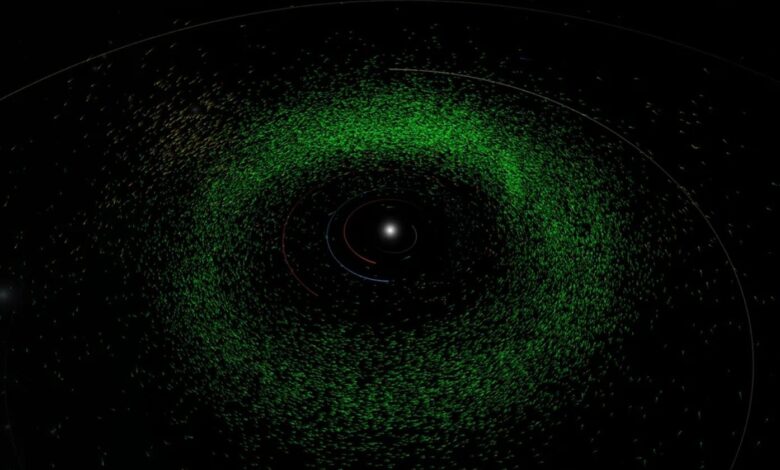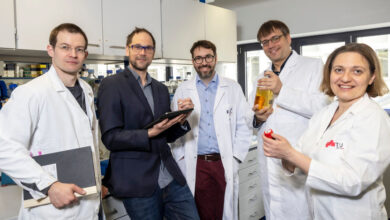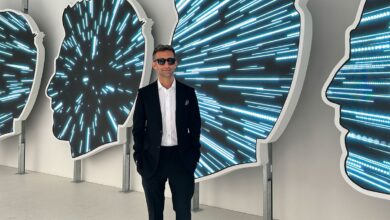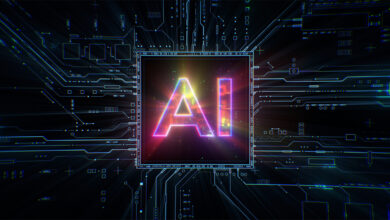Artificial intelligence discovers 27,500 new asteroids

Artificial intelligence impresses with its capabilities, but now it is often used for entertainment, for example, to create fake images. But its capabilities are invaluable for science. Scientists adapt artificial intelligence to improve research, for example, using it to find patterns in data that would otherwise be impossible to notice. Astronomers, in turn, use AI to improve image quality and analyze space photos. A new application of artificial intelligence capabilities will help save the Earth from a catastrophic asteroid.
Despite the considerable time and effort scientists have spent searching for asteroids in space, some of them have proved extremely difficult to detect. A new artificial intelligence algorithm has found about 27,500 asteroids that have been hidden in telescope photos for several decades. According to Space, an artificial intelligence algorithm helps scientists track asteroids, some of which may one day fall to Earth and lead to a real apocalypse.
Many of the newly discovered asteroids are located in the asteroid belt between Mars and Jupiter. Scientists have already discovered more than 1.3 million asteroids in this part of the Solar System. But somehow, almost 30,000 of them have not been noticed yet.
The new asteroid tracking algorithm, called Tracklet-less Heliocentric Orbit Recovery (THOR), analyzed more than 400,000 archived images of the night sky, which are stored at the National Optical-Infrared Astronomy Research Laboratory (NOIRLab). The algorithm requires five observations over 30 days of a specific area of the sky to do its job, and it has been trained to analyze up to 1.7 billion light points in just one image in space.
The algorithm took only five weeks to process a huge amount of data. Artificial intelligence has discovered that 150 of the newly discovered space fragments have trajectories that intersect with the Earth’s orbit. Fortunately, none of them are dangerous yet. However, given that an asteroid can cause significant damage to Earth, research is an important part of modern space science.
Scientists scaled THOR using Google Cloud. This approach can also be applied to other datasets. Such an adaptation of artificial intelligence will one day be able to save the Earth from disaster.
Earlier, we reported on whether ChatGPT would be able to use scientific data to answer about the Earth.
Follow us on Twitter to get the most interesting space news in time
https://twitter.com/ust_magazine



